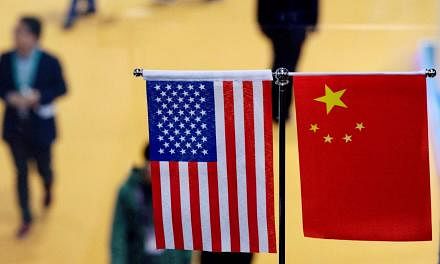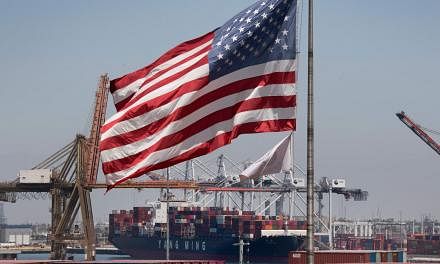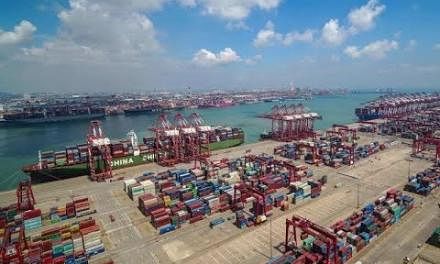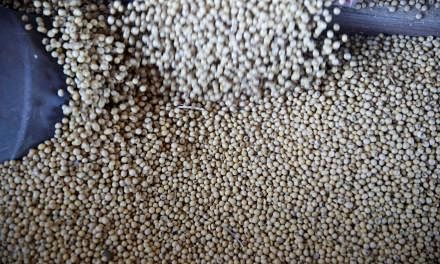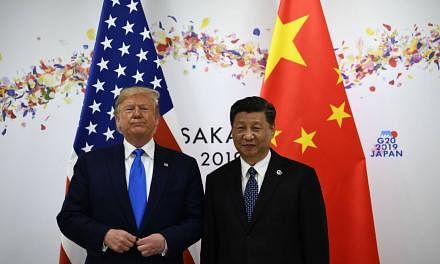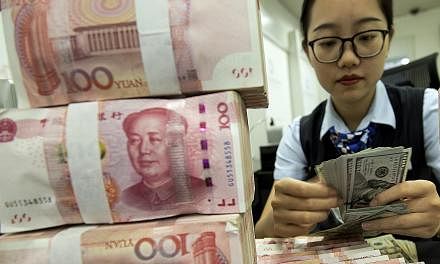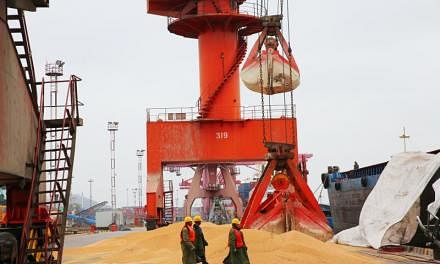BEIJING (REUTERS) - China will struggle to replace US soya bean supplies after implementing an additional 25 per cent tariff on US shipments, likely inflicting severe financial pain on domestic companies, analysts and executives at feedmakers said.
The world's top importer of the oilseed will impose the tariffs on soya beans and 105 other US products, state broadcaster CCTV said on Wednesday (April 4), an expected retaliation following Washington's aggressive trade actions.
Soya beans are considered one of the most powerful weapons in Beijing's trade arsenal because a drop in exports to China would hurt Iowa and other farm states that backed US President Donald Trump.
Soya beans were the biggest US agricultural export to China last year at a value of US$12 billion (S$15.8 billion).
China gobbles up about 60 per cent of globally traded soya beans to feed the world's largest livestock industry. Factories crush the oilseed to make meal - a key ingredient in animal feed.
"There simply aren't enough soya beans in the world outside of the US to meet China's needs," said Mark Williams, chief Asia economist at Capital Economics.
"As for reducing dependence on imports, there are a few options, but none is a magic bullet that could hurt US farmers without generating costs at home."
Brazil supplied half of China's imports last year while the United States shipped around 33 million tonnes, about a third of the total. Replacing those US tonnes will be no easy feat.
Crops in Argentina, the world's No. 3 producer, have been hit by a drought, cutting exports from there to less than seven million tonnes in the 2017/18 season, its smallest in a decade, according to the US Department of Agriculture.
Outside of Brazil, the United States and Argentina, about 17 million tonnes of soya beans come from a handful of countries.
China grows only about 14 million tonnes of soya beans, mainly to make food for human consumption.
OPTIONS AT HOME
There are options at home, including tapping the government's emergency strategic reserves and rejigging the ingredients that go into feed, analysts, experts, traders and buyers at feed mills say.
"Some people say they could just drain their state reserves. That's a possibility, (but) nobody knows how many tonnes are in it," said US Soybean Export Council Asia director Paul Burke.
Some feedmakers are quietly drawing up contingency plans, such as finding substitute ingredients.
Feed mills could add more corn, a grain in abundance at home, distillers' dried grains (DDGS), a byproduct of ethanol production, or rapeseed and cottonseed meal to their feed.
But maintaining protein levels is complicated. The maximum amount of DDGS in feed is around 20 per cent, and toxic ingredients found in rapeseed mean it can only make up 5 per cent of pig feed, and it usually is not put in sow or piglet food.
Mills also worry that additional demand and tighter supplies will drive up their overheads, inflating prices of pork, a staple in Chinese diets, and increasing people's cost of living.
China already has stiff tariffs on DDGS imports, and is investigating US sorghum imports for possible antidumping penalties.
The threat of action has pushed Brazilian export prices to all-time highs and fuelled gains in domestic soya bean and soya meal futures prices.
"I don't want China to escalate the trade tension," said a feedmaker's purchasing manager, worried about higher prices and a lack of alternative feed sources with comparable protein content to soyameal.
"Sales from Brazil would normally end around September and it's usually US beans between October to March. Where do we get beans from during that time if we only buy from Brazil?"


